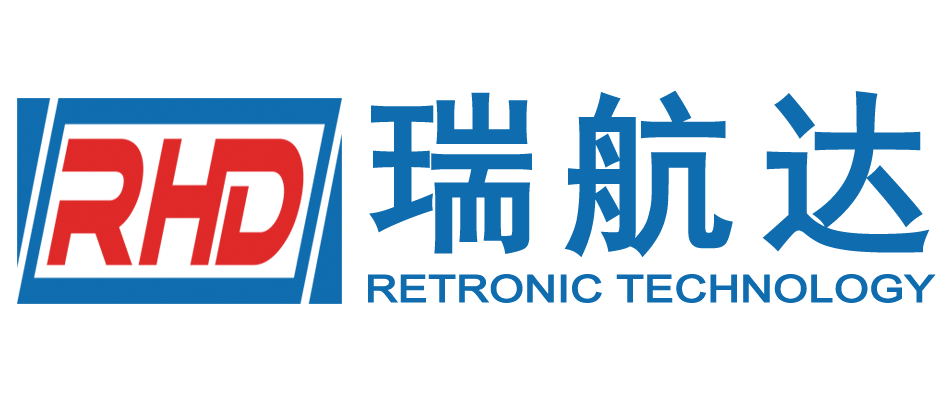
News
NXP has launched the third-generation imaging radar processor for L2+ to L4 autonomous driving
文章出处:瑞航达电子国际化电子元件渠道分销商 作者:电子元器件供应链服务商 发表时间:2025-05-10
NXP Semiconductors today launched the new S32R47 imaging radar processor featuring 16-nanometer FinFET technology, which is based on NXP's mature expertise in the field of imaging radar.
The S32R47 series is NXP's highest-performing radar processor, capable of meeting the demanding requirements of 2+ to 4 level autonomous driving
Higher-resolution sensing supports advanced use cases, such as detecting vulnerable road users (VRUs) and lost goods
More powerful computing capabilities enable Oems to develop advanced applications, such as autopilot navigation, while meeting the demands of future software-defined vehicles (SDVS) on a large scale
Eindhoven, the Netherlands, May 8, 2025 (GLOBE NEWSWIRE) - NXP Semiconductors Inc. (NASDAQ:) NXP today launched the new S32R47 imaging radar processor featuring 16-nanometer FinFET technology, which is based on NXP's mature expertise in the field of imaging radar. Compared with the previous generation, the processing capacity of the third-generation imaging radar processor has doubled, while reducing system costs and energy efficiency. The S32R47 series, combined with NXP's millimeter-wave radar transceivers, power management and in-vehicle network solutions, meets the functional safety ASIL ISO 26262 ASIL B (D) requirements and is ready for a new level of autonomous driving in the automotive industry.
According to the "State of the Radar Industry 2024" report by Yole Intelligence, by 2029, approximately 40% of on-road vehicles will be passenger cars with 2+ (L2+)/Level 3 (L3) driving automation, as well as an increasing number of level 4 (L4) vehicles. To meet the rapidly growing SDV autonomous driving market, automotive Oems and Tier 1 suppliers need to enhance radar performance, as this is crucial for safe and advanced autonomous driving functions such as autonomous driving or fully automatic parking.
The S32R47 can effectively handle three or more antenna channels in real time, rather than today's production solutions. It can enhance the resolution, sensitivity and dynamic range of imaging radar - which is required by demanding autonomous driving use cases - while still meeting the strict power and system cost targets set by Oems to achieve mass production. "Senior Vice President and General Manager, Meindert van den Beld of Radar and ADAS said.
Imaging radar uses richer point cloud data to model the environment in more detail. This is a key driving force for AI-based perception systems, which enable assisted and autonomous driving in the most challenging environmental conditions, such as complex urban scenes.
The S32R47 integrates a high-performance multi-core radar processing system, enabling densification of point cloud output and enhanced algorithms, thereby supporting the next-generation ADAS system. This leads to better object separability, enhances detection reliability, and enables more accurate classification of objects, such as vulnerable road users or lost goods.
NXP's 3RDGeneration Imaging radar solution
The new solution, based on the proprietary and mature technologies of the previous two generations of products, can provide up to twice the processing performance in the radar MPU, while reducing the IC size by 38%. It also includes AI/ML support for enhanced Directions of Arrival (DoA) processing and object classification functions
NXP's next-generation imaging radar solution enables the new imaging radar to have an optimized bill of materials and greater scalability in antenna channels and processing capabilities
Compared with other solutions, NXP's solution achieves comparable or better performance, reduces antenna channels by 89%, addresses integration challenges, and lowers system costs, size, and power consumption
